Past, present, future: a new CEDIT collection employs a host of Italian design talent
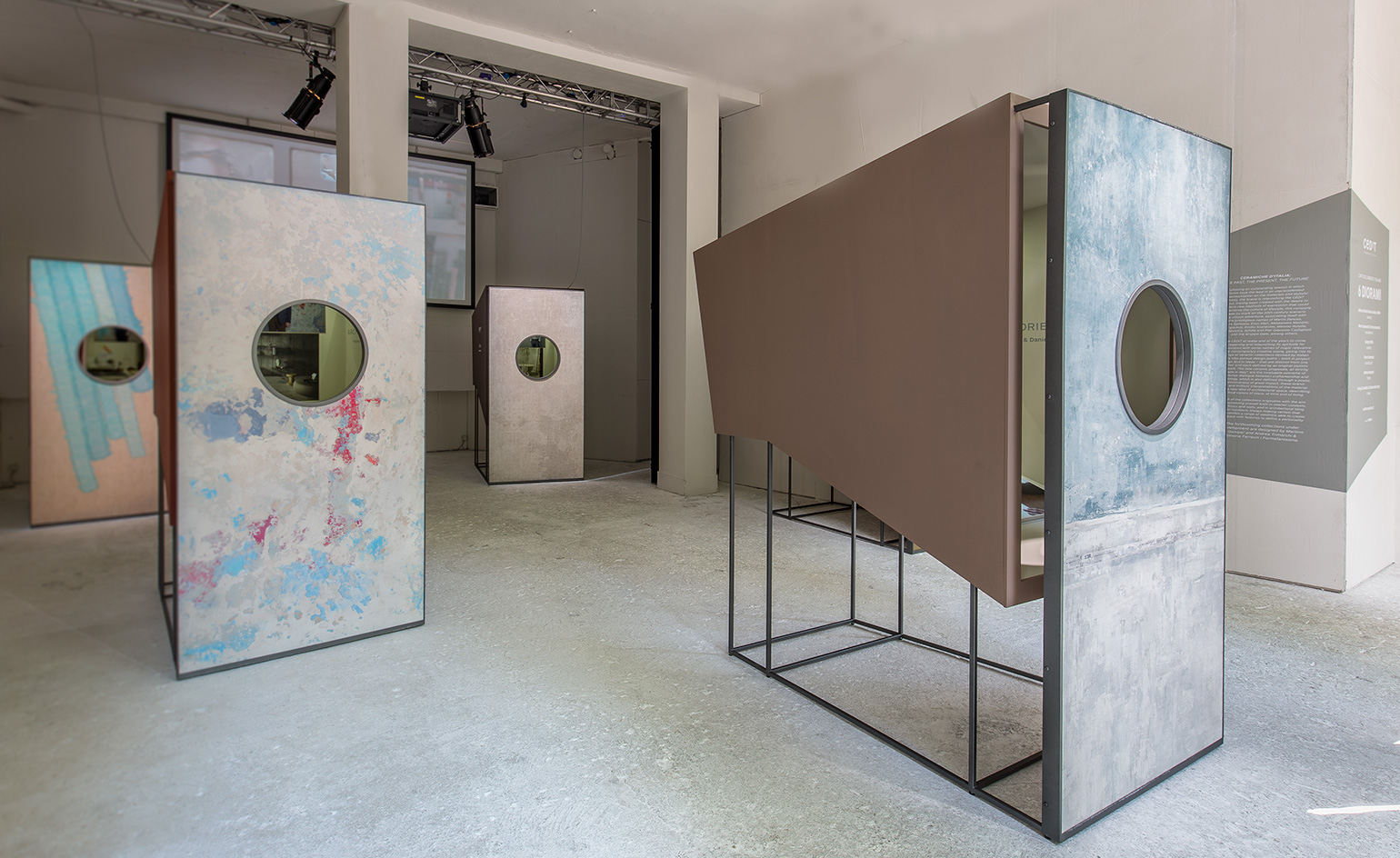
Earlier this year, Italian ceramic tiles authority Florim relaunched historic brand CEDIT – Ceramiche d’Italia, unveiling a collection that marks a new chapter in the company’s history.
For the occasion, a group of Italian designers has explored CEDIT’s ceramic capabilities with a plethora of creative solutions for flat surfaces, that range from embossed concrete to iridescent treatments. Each new collection was shown on a diorama-like structure at the Spazio CEDIT in Milan. The first six studios to experiment with the surfaces were BRH+ (Barbara Brondi and Marco Rainò), Marco Casamonti of Archea Associati, Giorgio Griffa, Franco Guerzoni, Matteo Nunziati and Wallpaper* Handmade contributors Giorgia Zanellato and Daniele Bortotto, who offered new points of view on ceramic tiles, testing out materials and treatments.
The new collections include iridescent and metallic tiles by Casamonti, who intervened on the passivation processes of the metal to create moody surfaces. The series created by BRH+ explores the textures of cement, with different iterations arranged in modular compositions using bright shades for the grouting. Abstract painter Griffa applied his signature brush strokes to the surfaces, using the slabs as large canvases to create a series of paintings. Guerzoni, another contemporary artist, worked on the surface’s texture and pigmentation, creating a covering defined by a poetic crumbling effect. Architect Nunziati offered a more practical surface solution inspired by layers of exotic fabrics and decorations, while Zanellato and Bortotto referenced worn plastered walls in their design.
The brand relaunch and these collections present the diverse possibilities of CEDIT and are testament to its open stance on design, but the company’s present and its future are directly informed by its illustrious past. Founded in the 1950s, it was given a no-nonsense name (an acronym which stands for ‘Ceramics of Italy’) and offered an innovative and radical approach to surfaces. From the 1950s until the 1990s, the company collaborated with some of the most illustrious design names of the era. Alessandro Mendini, Ettore Sottsass and Bob Noorda, among others, were part of the ever-growing tile designs portfolio, and CEDIT also enlisted Marco Zanuso to create installations for the Milan shop as well as tiles for the company. These largely forgotten collections remain a hidden, treasured heritage for CEDIT, as it continues to combine research and innovation with contemporary art and design.

The new collection was shown on a diorama-like structure at the Spazio CEDIT in Milan. Pictured: the surface treatment created by Wallpaper* Handmade contributors Giorgia Zanellato and Daniele Bortotto, who referenced worn plastered walls in their design
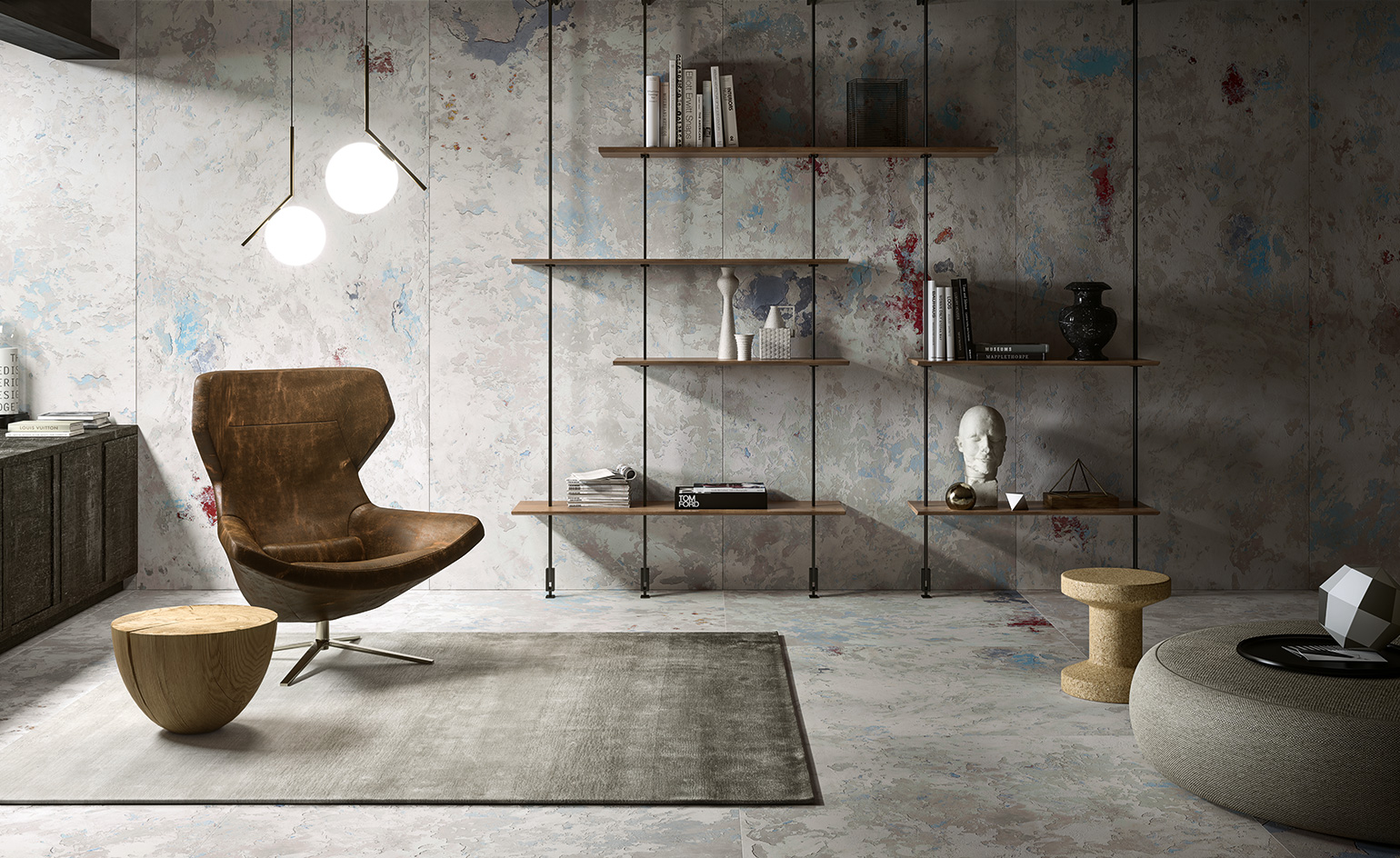
Contemporary artist Franco Guerzoni worked on the surface’s texture and pigmentation, creating a covering defined by a poetic crumbling effect
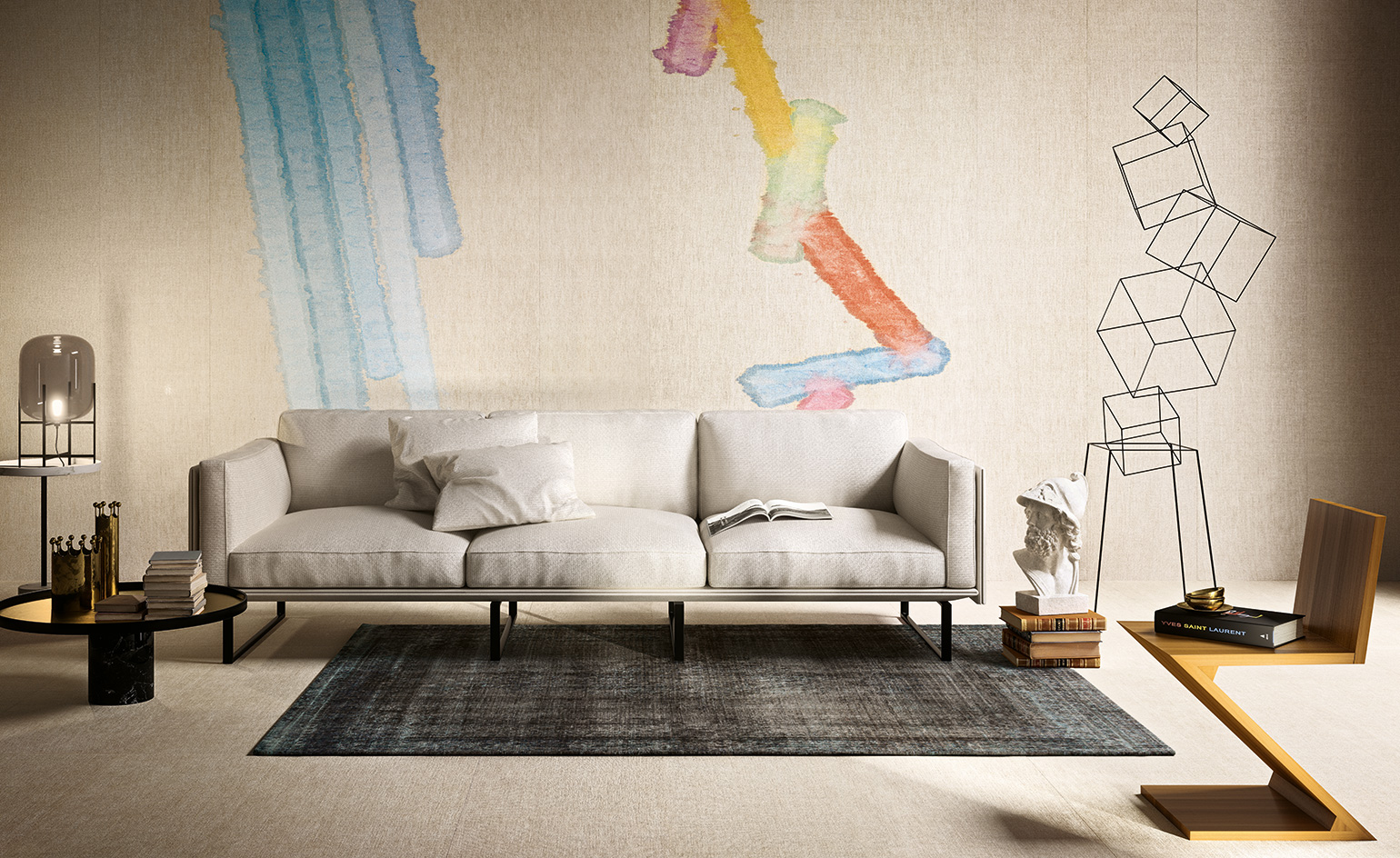
Abstract painter Giorgio Griffa applied his signature brush strokes to the surfaces, using the slabs as large canvases to create a series of paintings
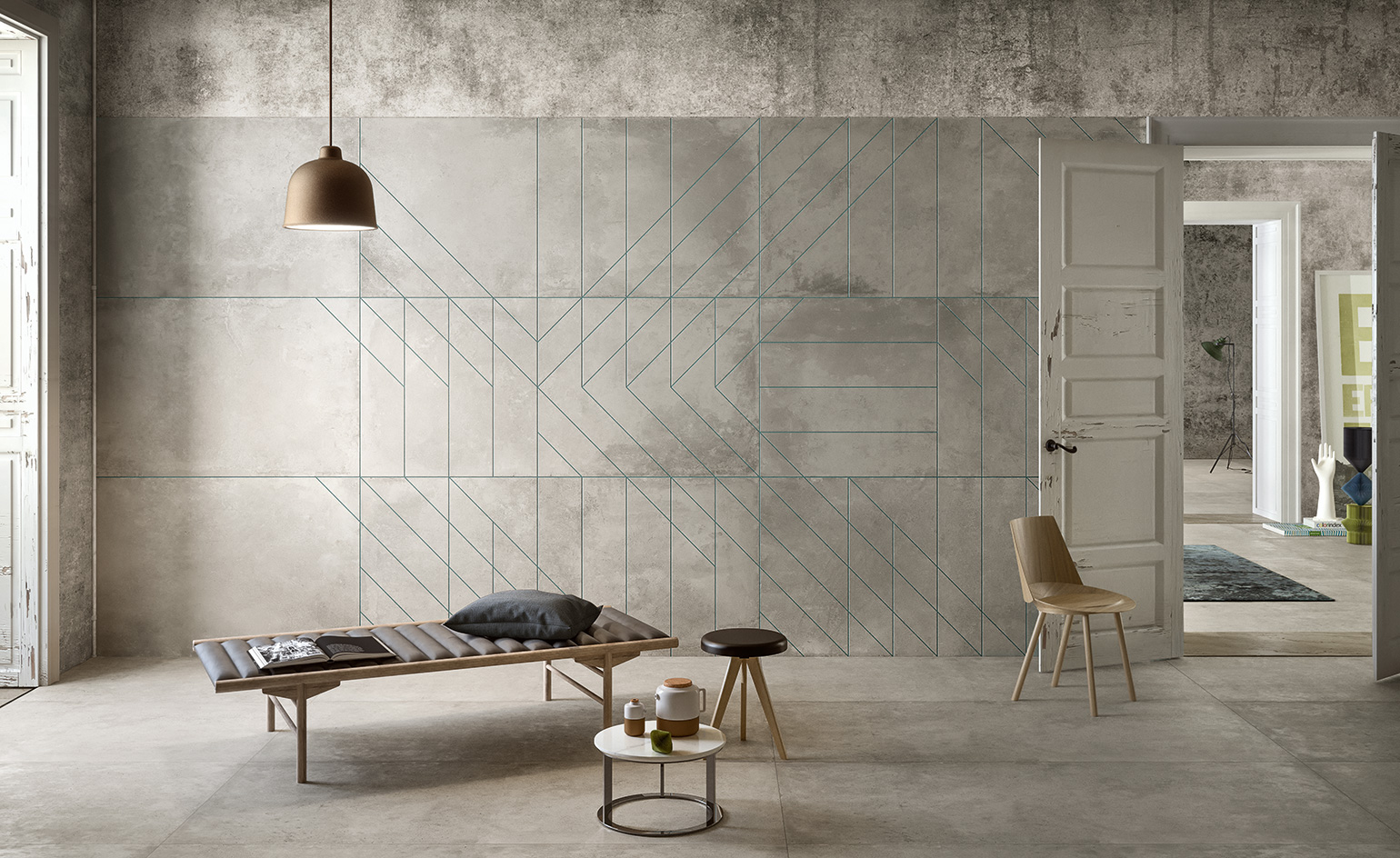
The series created by BRH+ explores the textures of cement, with different iterations arranged in modular compositions and using bright shades for the grouting
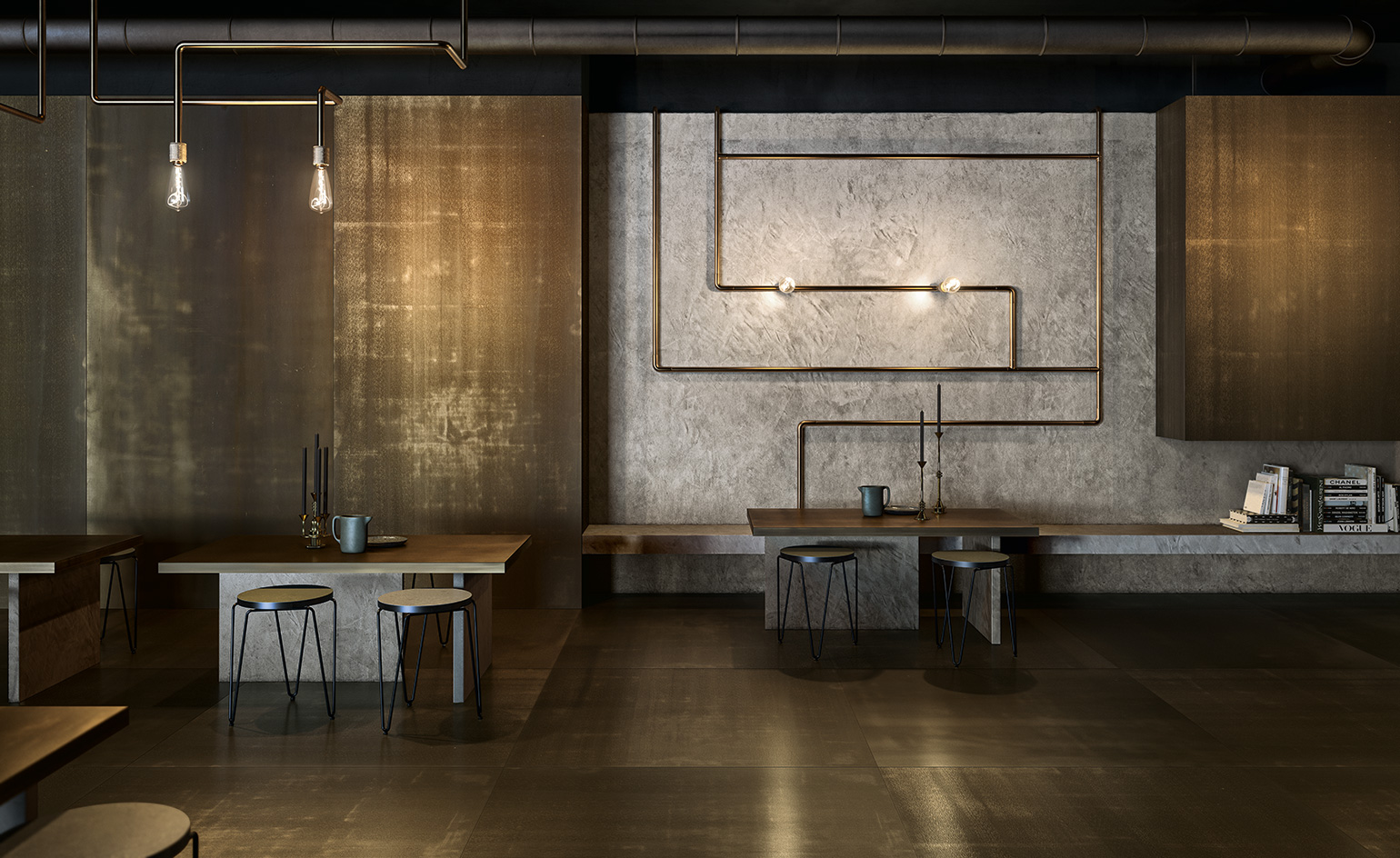
The new collections include iridescent and metallic tiles by Marco Casamonti, who intervened on the passivation processes of the metal to create moody surfaces
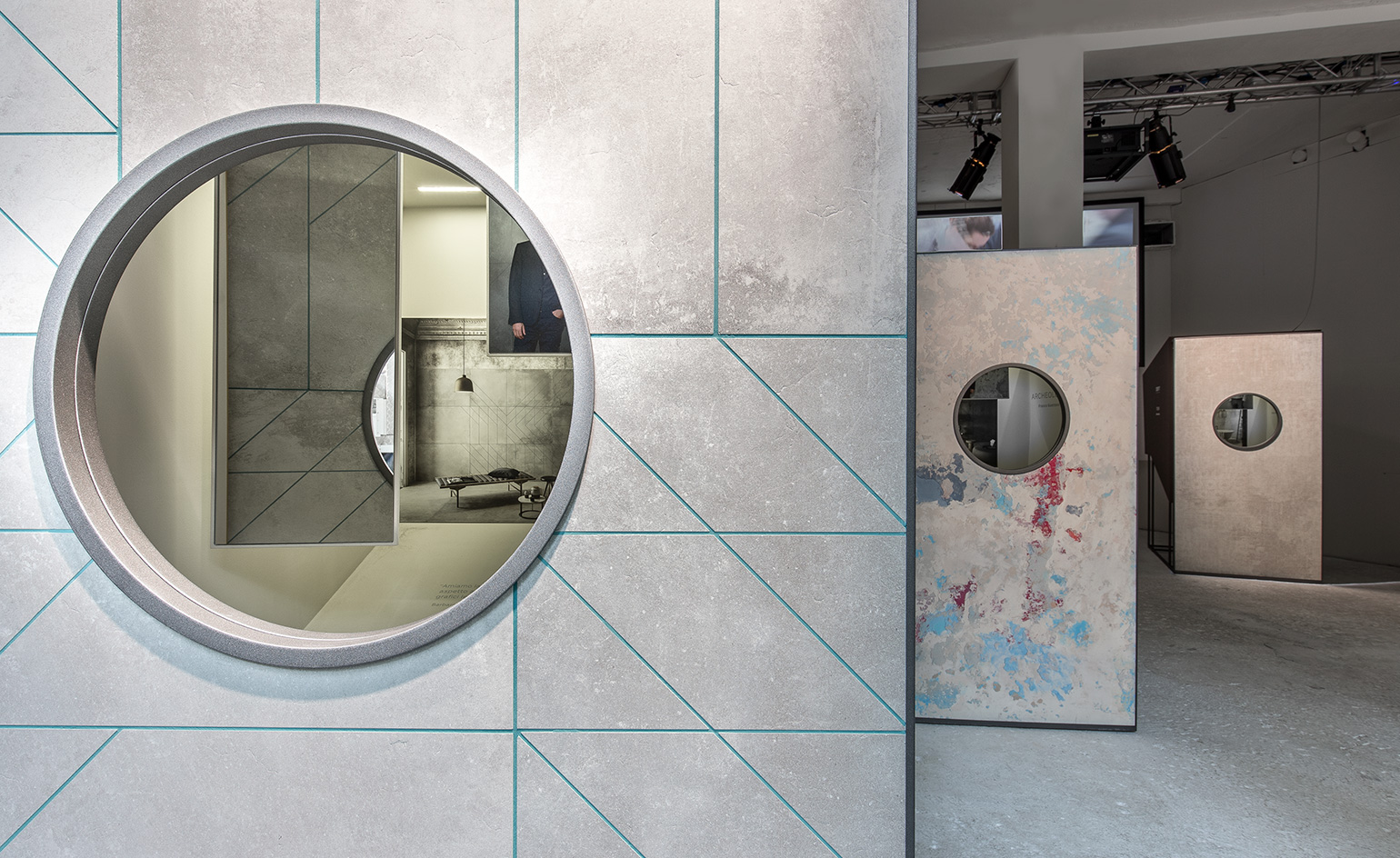
A view of the installation in Milan, with tiles by BRH+ on the foreground and work by Franco Guerzoni on the background
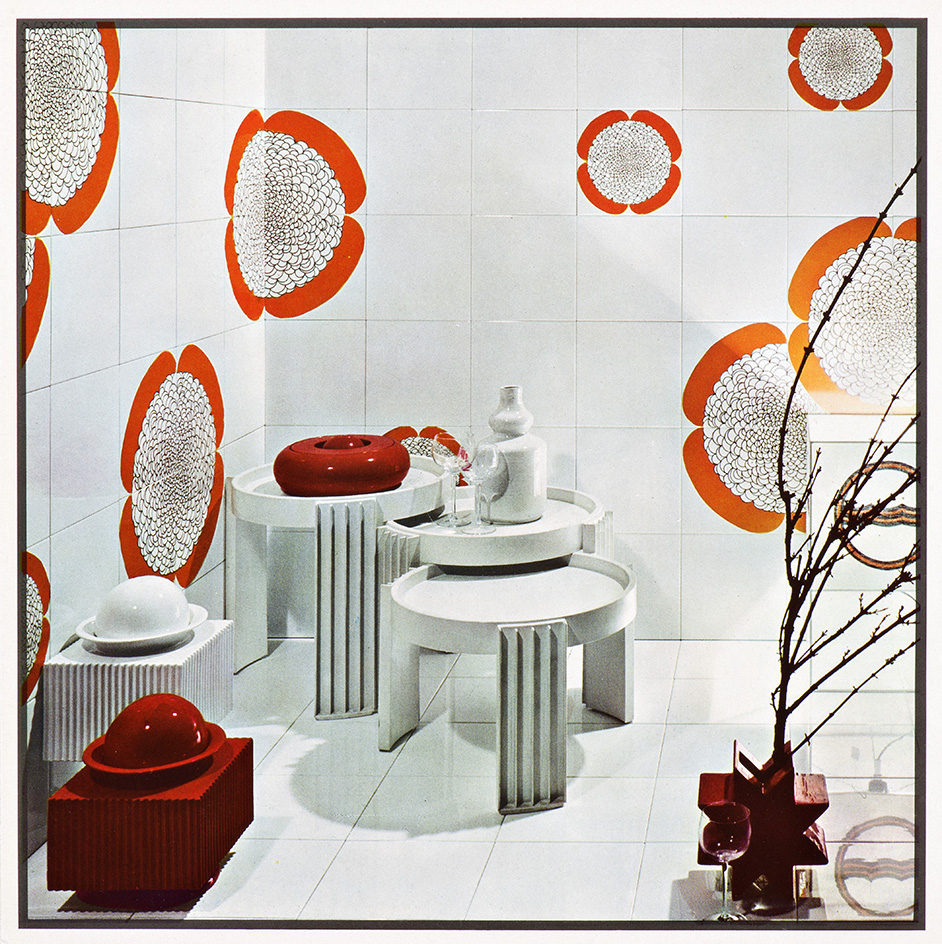
From the 1950s until the 1990s, the company collaborated with some of the most illustrious design names of the era: Alessandro Mendini, Ettore Sottsass and Bob Noorda, among others, were part of the ever-growing tile designs portfolio. Pictured: a floral tile design by Marco Zanuso, from 1971
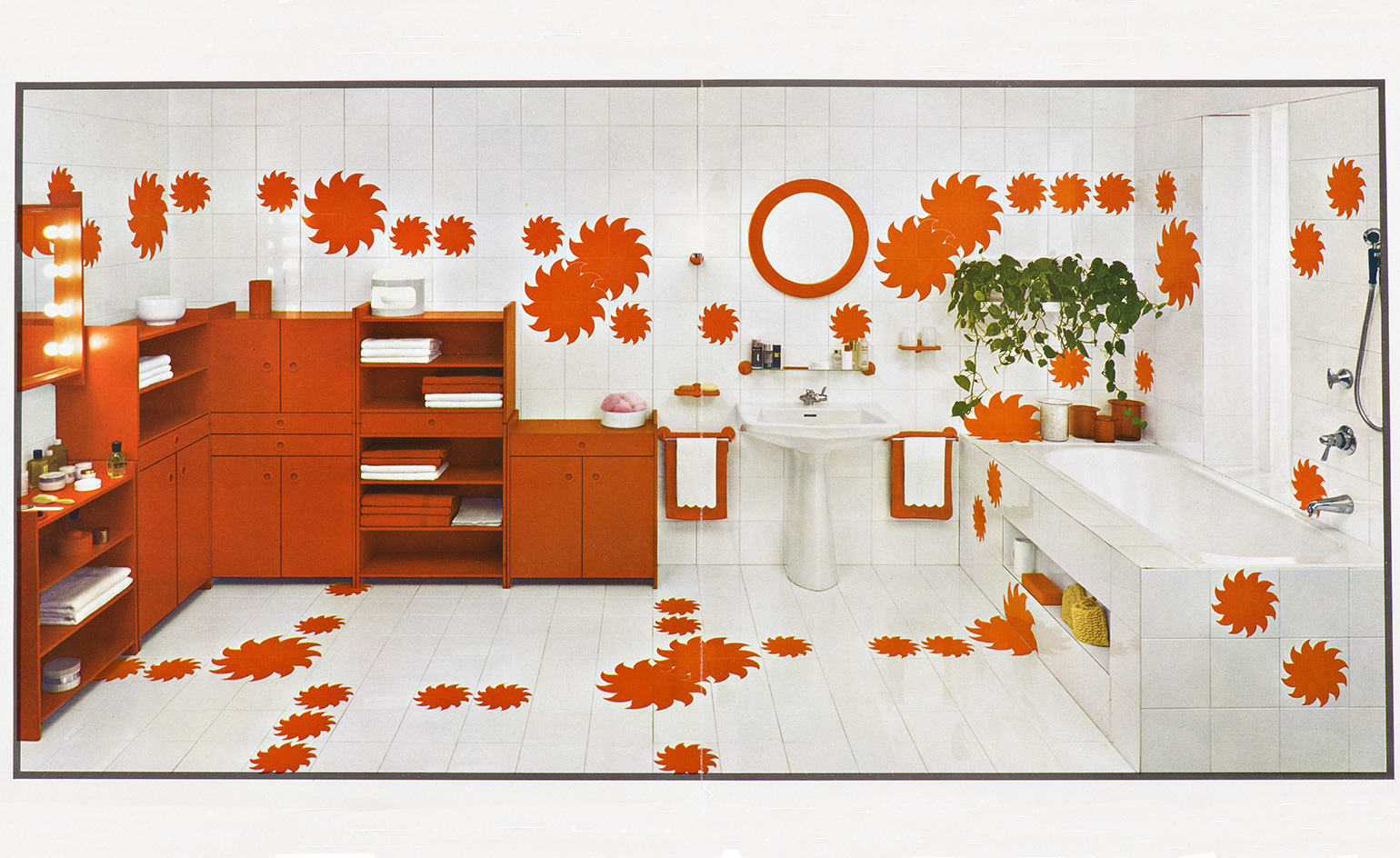
A tile design by Marco Zanuso, from the Cedit archives. As well as designing tiles for the company, Zanuso also created installations for its Milan shop in the 1950s

The brand relaunch and these collections present the diverse possibilities of CEDIT and are testament to its open stance on design, but the company’s present and its future are directly informed by its illustrious design past. Italian architect Sergio Asti was among the collaborators for the brand, creating this organic design in the 1970s
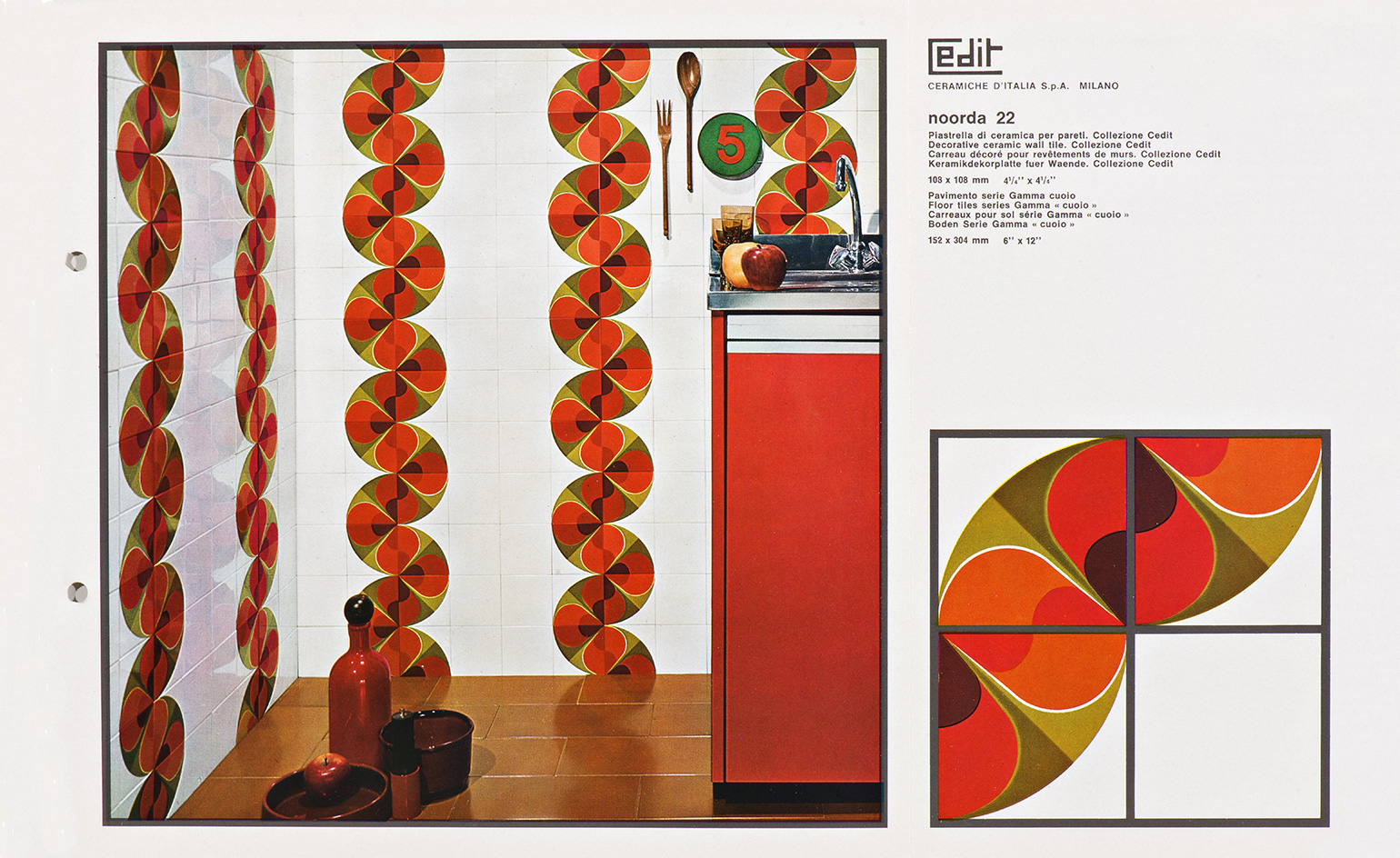
Bob Noorda's tile design for Cedit, from the company's 1971 catalogue
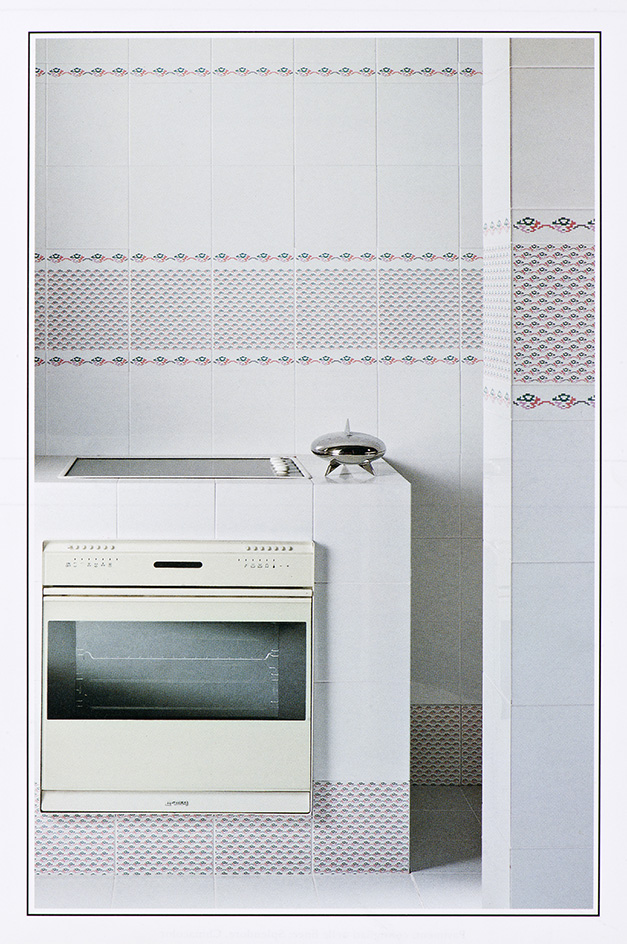
A reduced motif by Alessandro Mendini was part of Cedit's 1993 catalogue
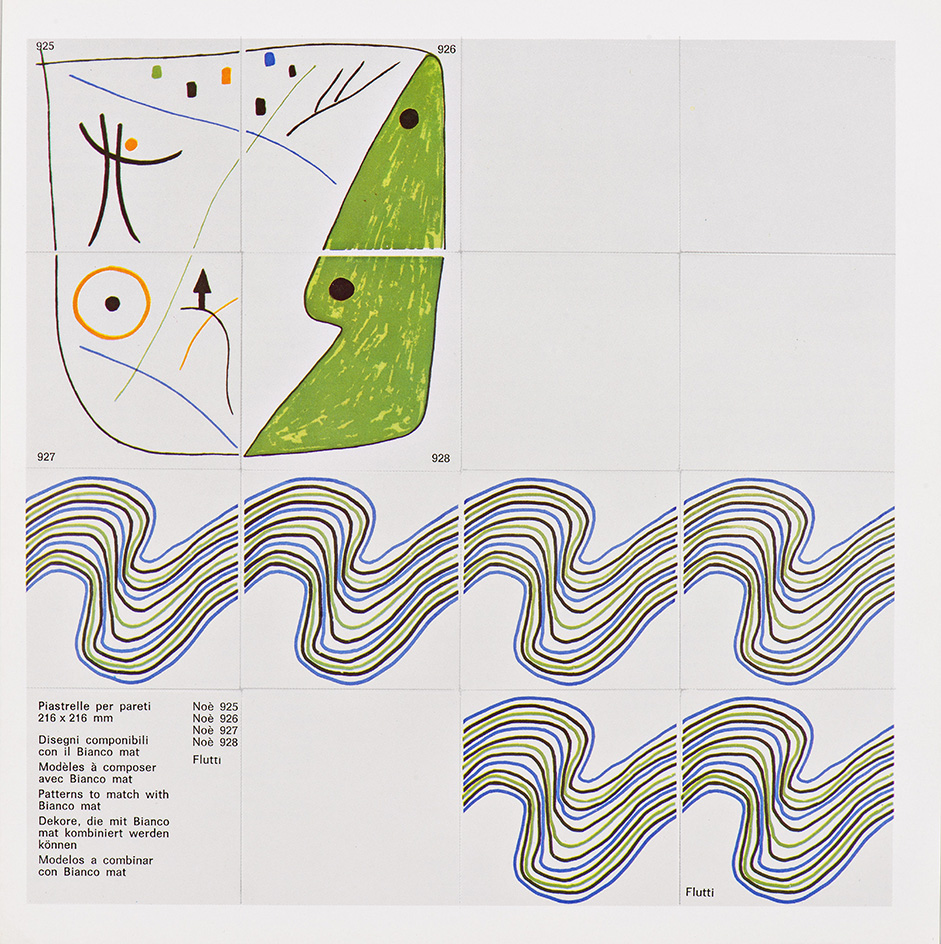
Marcello Pirro's creation was part of Cedit's 1973 'Serie Pittori' ('Painters' Series')
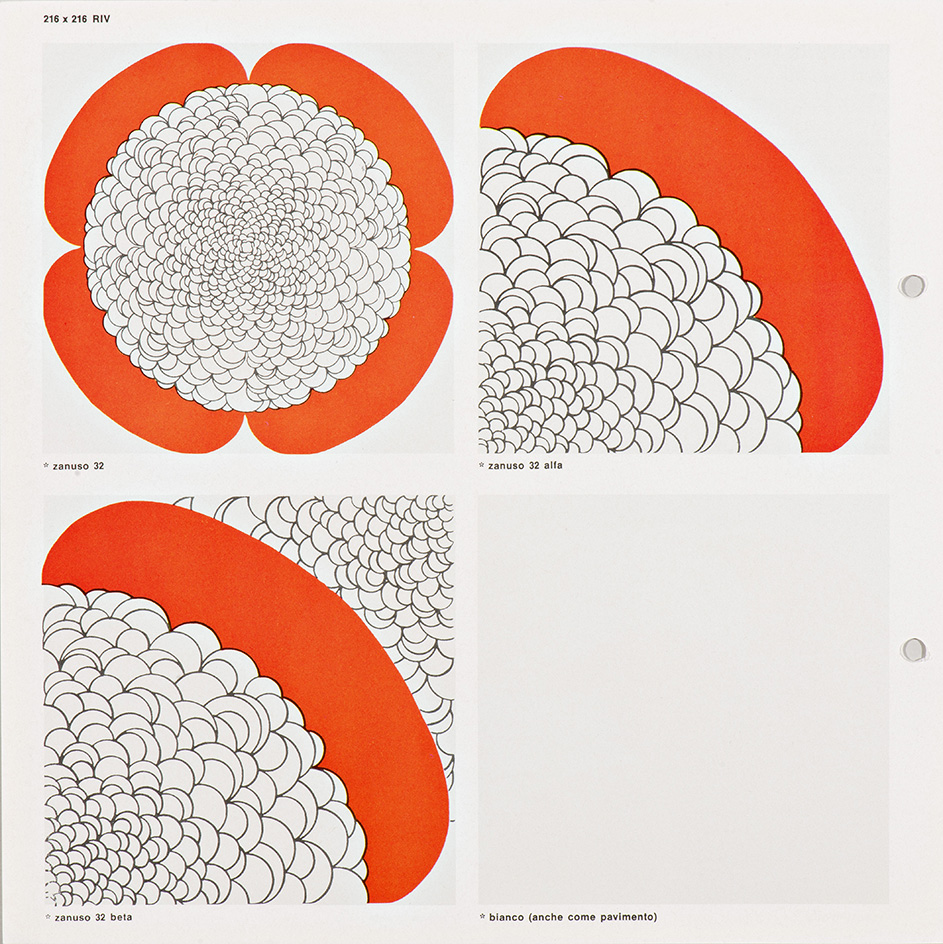
Also part of the 'Serie Pittori' was this design by Marco Zanuso
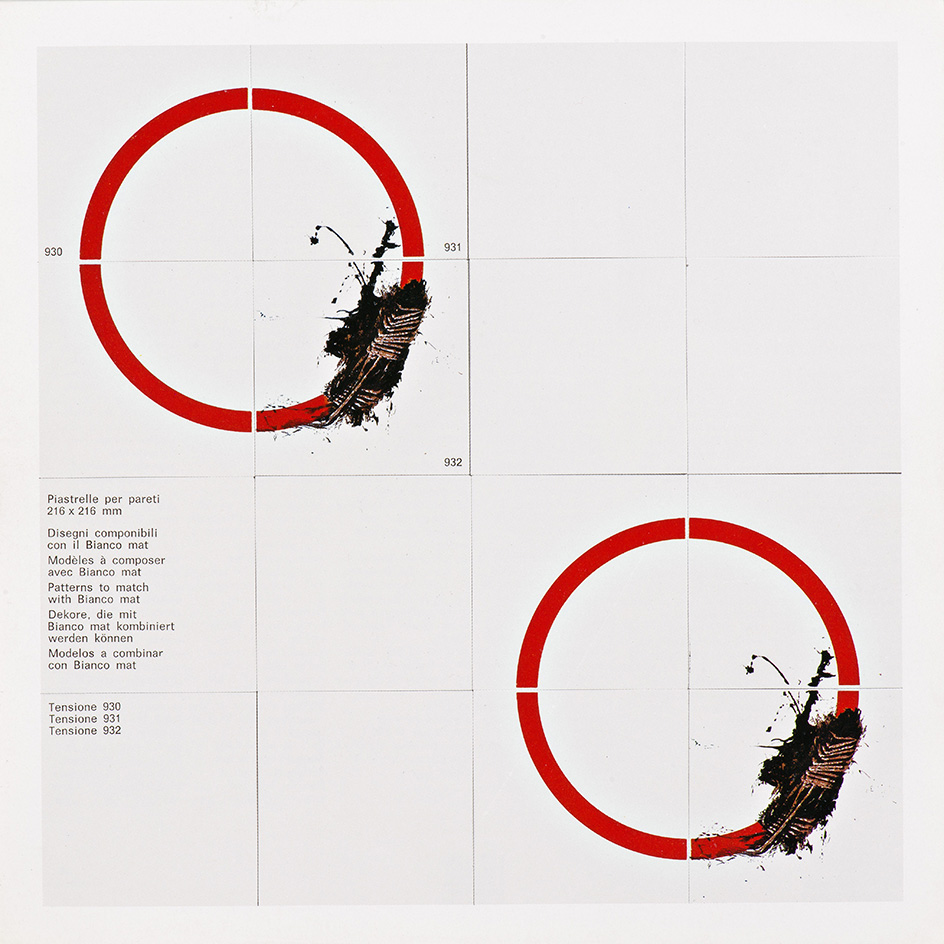
Painter Emilio Scanavino's design for the 'Serie Pittori'
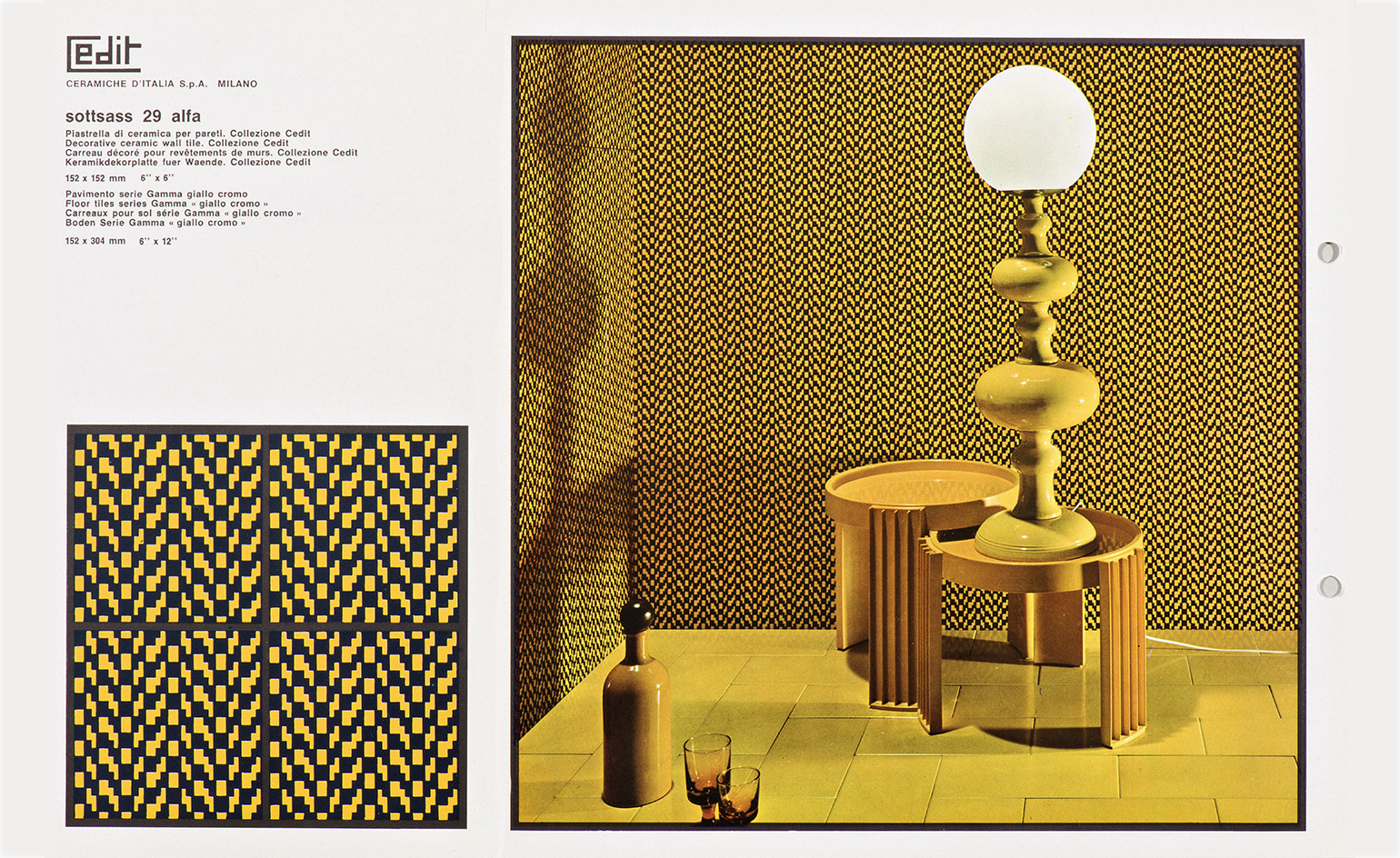
These largely forgotten collections, featuring Ettore Sottsass' black and yellow creation, remain a hidden, treasured heritage for Cedit, as it continues to combine research and innovation with contemporary art and design
INFORMATION
For more information, visit CEDIT’s website
Receive our daily digest of inspiration, escapism and design stories from around the world direct to your inbox.
Rosa Bertoli was born in Udine, Italy, and now lives in London. Since 2014, she has been the Design Editor of Wallpaper*, where she oversees design content for the print and online editions, as well as special editorial projects. Through her role at Wallpaper*, she has written extensively about all areas of design. Rosa has been speaker and moderator for various design talks and conferences including London Craft Week, Maison & Objet, The Italian Cultural Institute (London), Clippings, Zaha Hadid Design, Kartell and Frieze Art Fair. Rosa has been on judging panels for the Chart Architecture Award, the Dutch Design Awards and the DesignGuild Marks. She has written for numerous English and Italian language publications, and worked as a content and communication consultant for fashion and design brands.
-
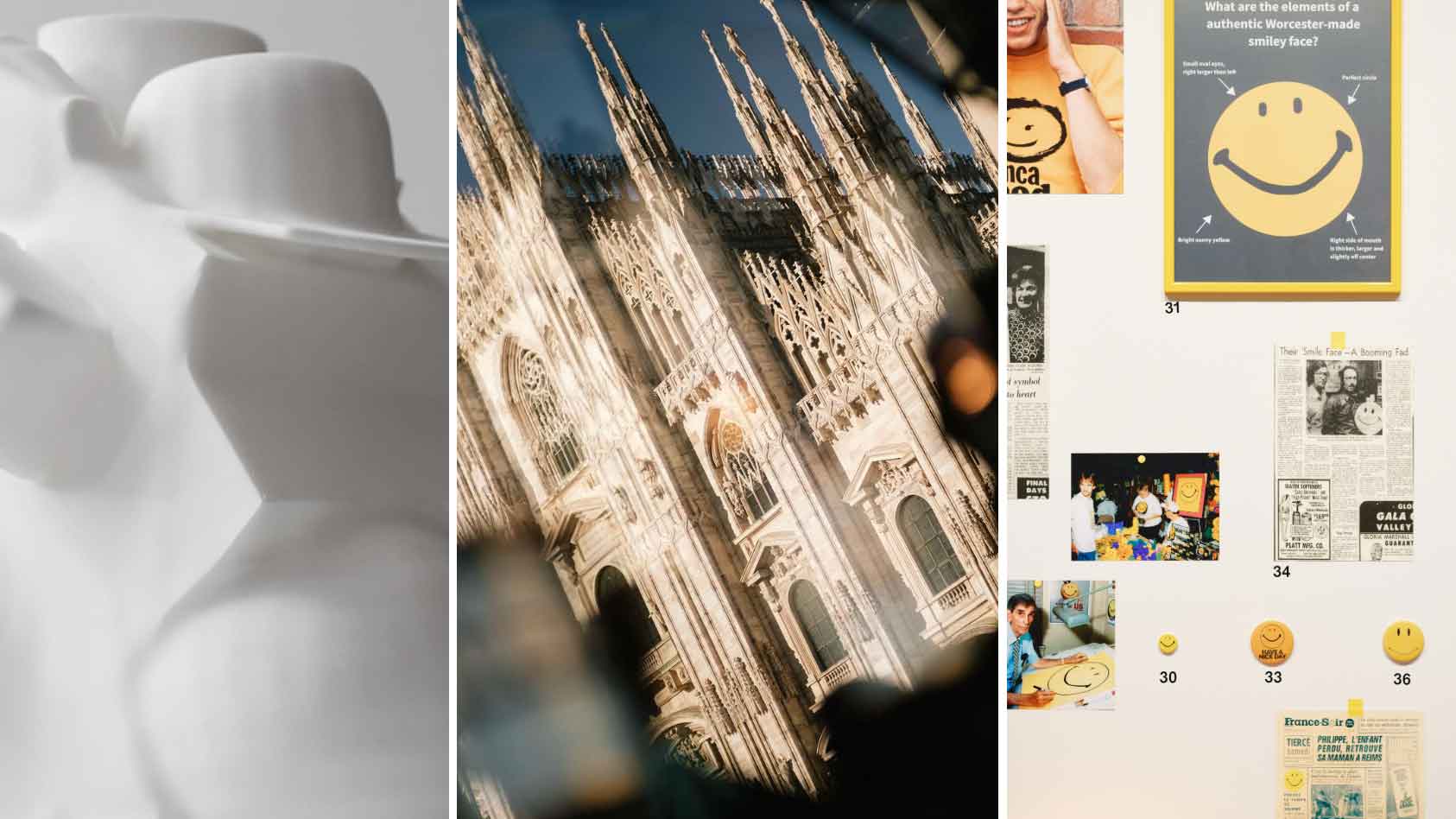 We asked six creative leaders to tell us their design predictions for the year ahead
We asked six creative leaders to tell us their design predictions for the year aheadWhat will be the trends shaping the design world in 2026? Six creative leaders share their creative predictions for next year, alongside some wise advice: be present, connect, embrace AI
-
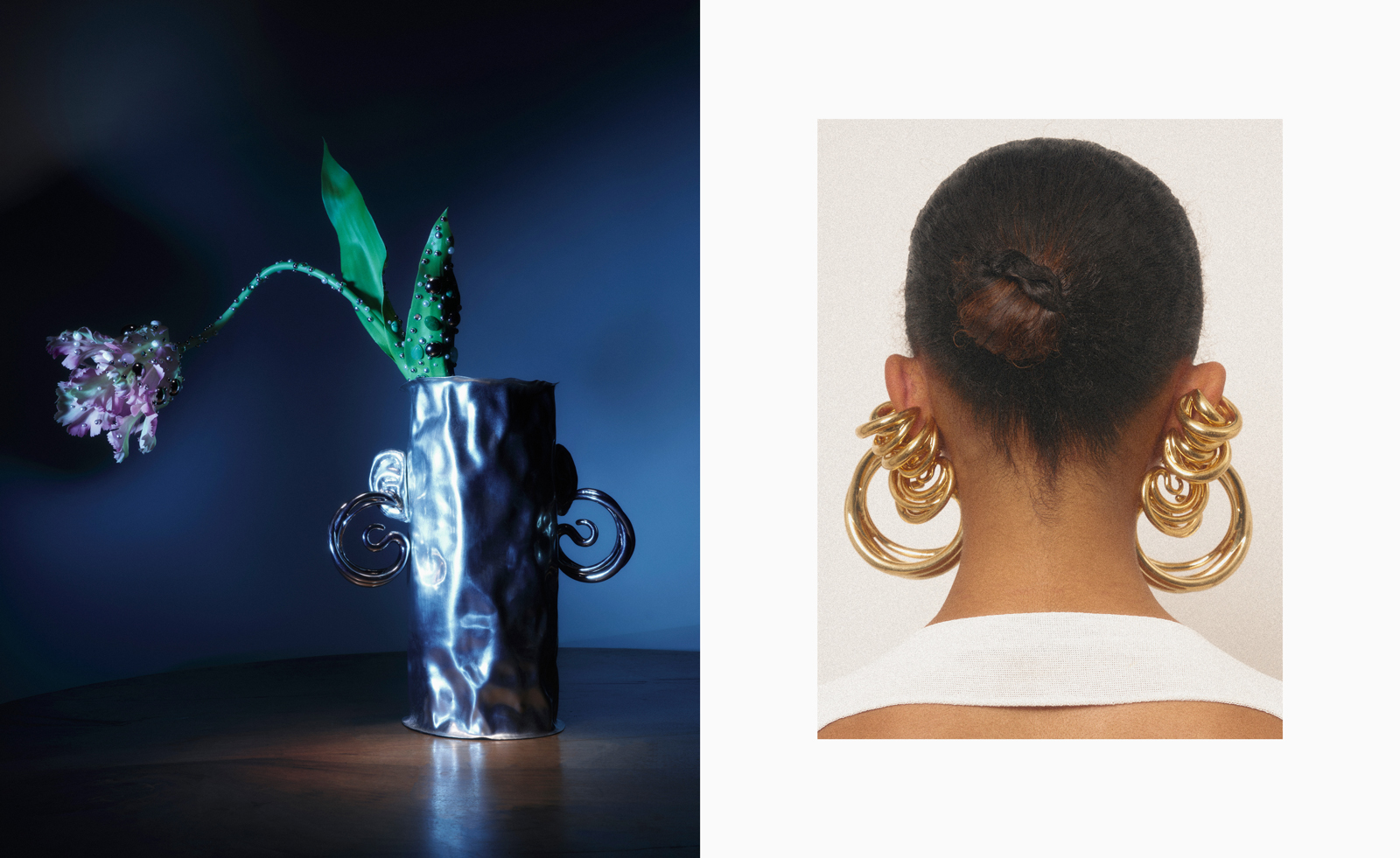 10 watch and jewellery moments that dazzled us in 2025
10 watch and jewellery moments that dazzled us in 2025From unexpected watch collaborations to eclectic materials and offbeat designs, here are the watch and jewellery moments we enjoyed this year
-
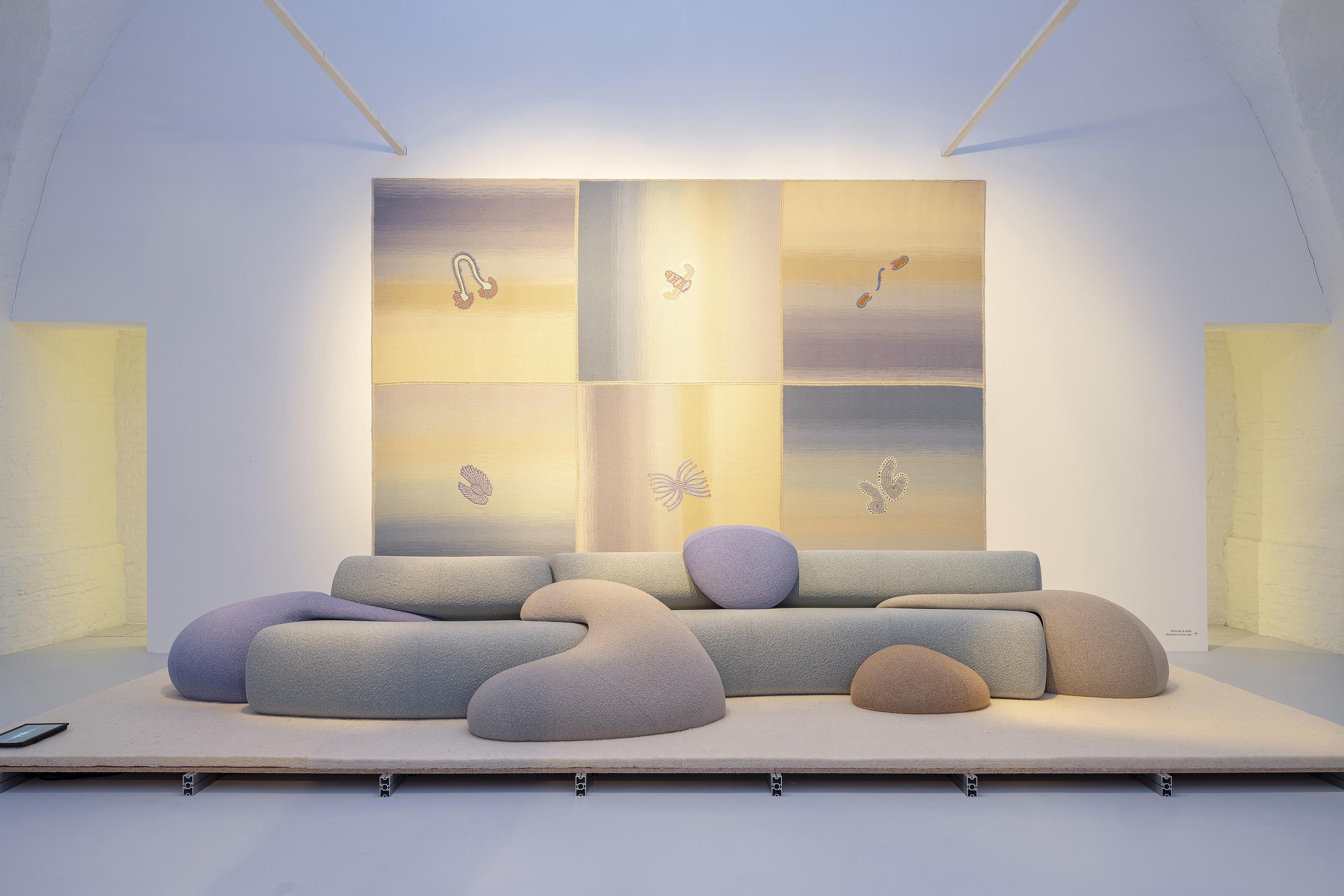 Patricia Urquiola reveals an imaginative inner world in ‘Meta-Morphosa’
Patricia Urquiola reveals an imaginative inner world in ‘Meta-Morphosa’From hybrid creatures and marine motifs to experimental materials and textiles, Meta-Morphosa presents a concentrated view of Patricia Urquiola’s recent work
-
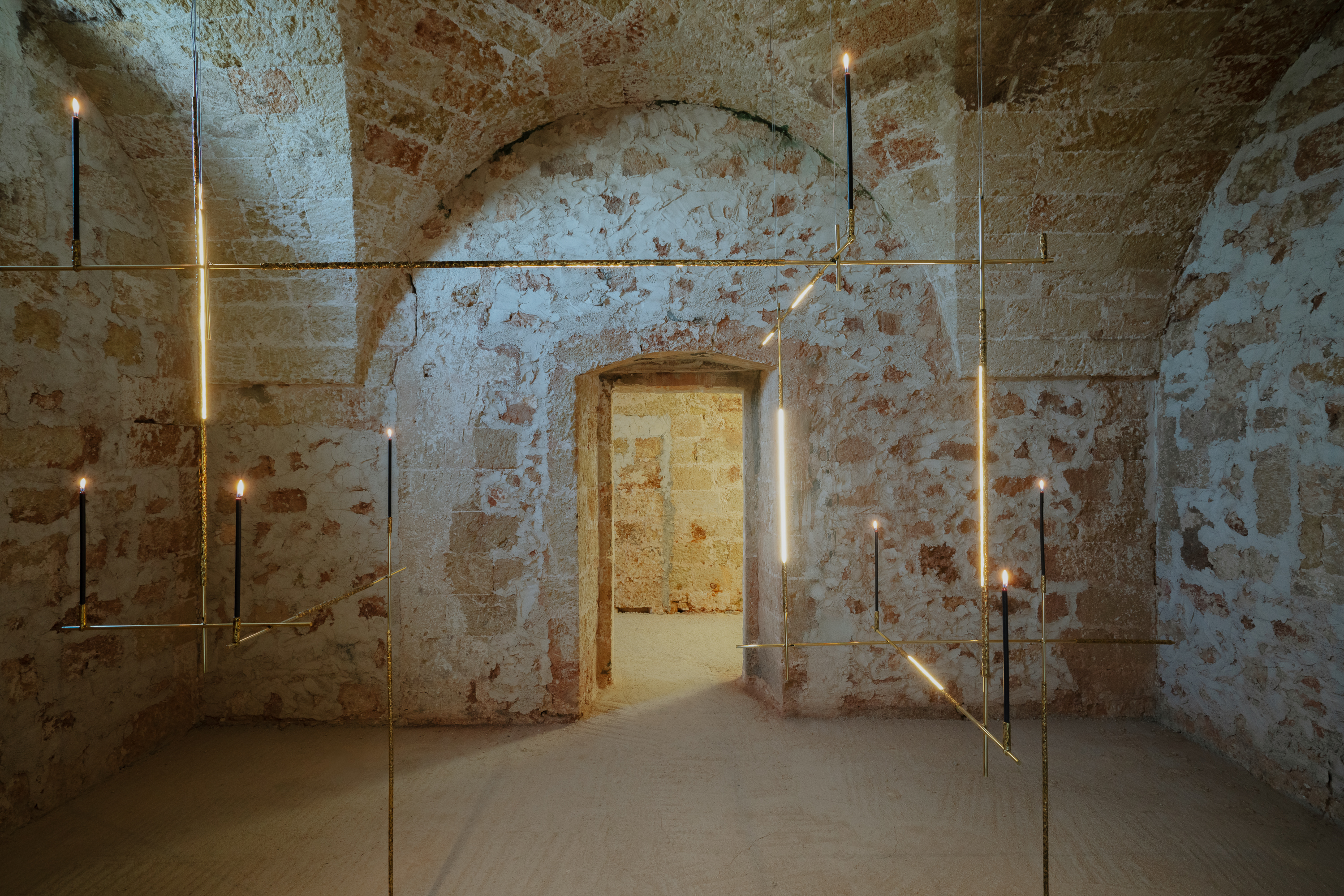 This Salento monastery becomes the backdrop for a celebration of local craft
This Salento monastery becomes the backdrop for a celebration of local craft‘Intrecci•Intertwinings’ (on view until 14 September 2025) features contemporary designs made from materials and techniques from the Salento region, also known as the ‘heel’ of Italy
-
 Ones to Watch: Plaster Paris Studio unites brutalism and bohemia
Ones to Watch: Plaster Paris Studio unites brutalism and bohemiaDesigners Tessa Rose Vardy and Olivia Engelhardt draw inspiration from the urban landscape of Paris and the laidback warmth of the Balearics
-
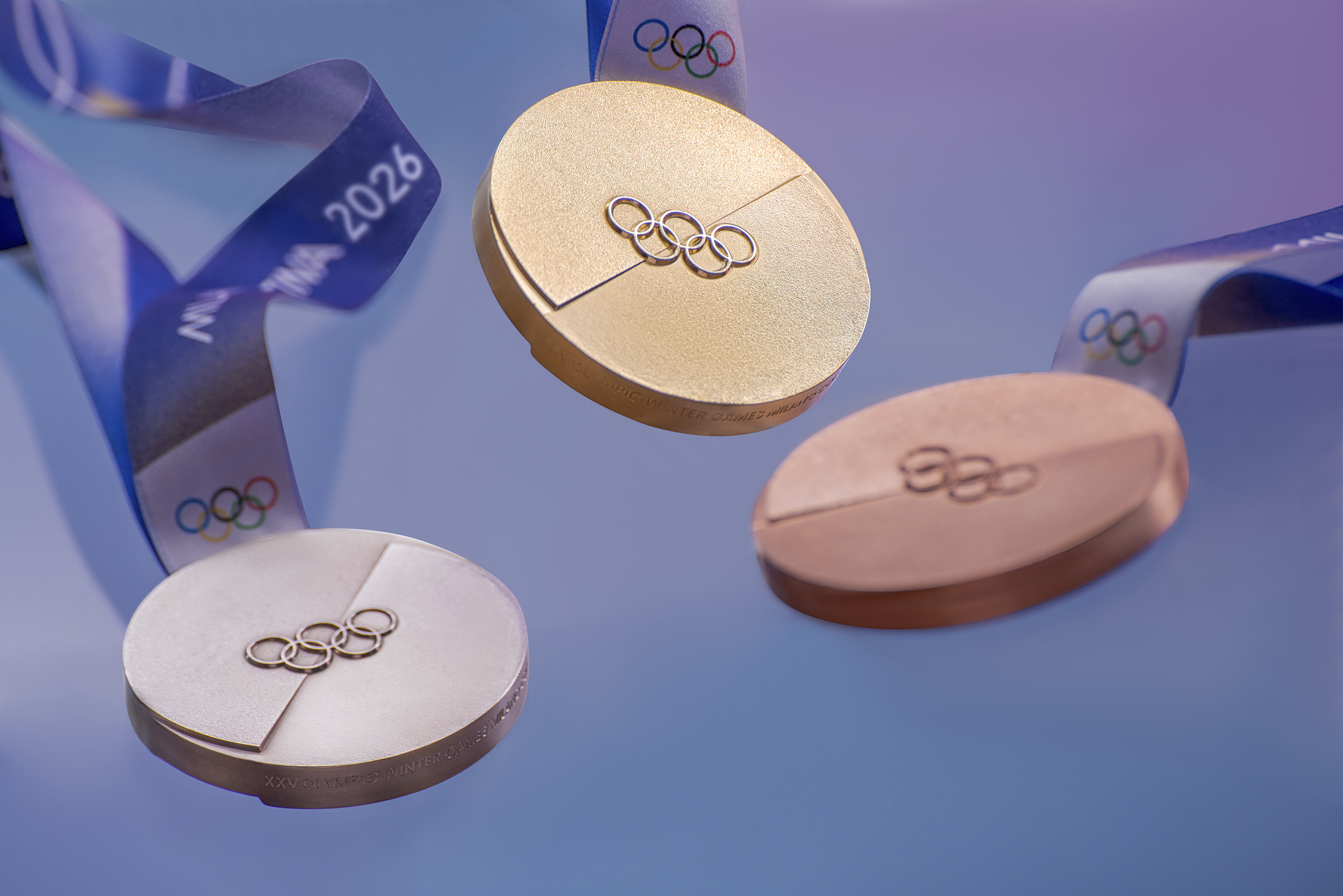 Winter Olympics and Paralympics medal designs announced
Winter Olympics and Paralympics medal designs announcedThe design for the Winter Olympic and Paralympic Games 2026 medals, held in Milan and Cortina, represents the connection between athletes and their support teams
-
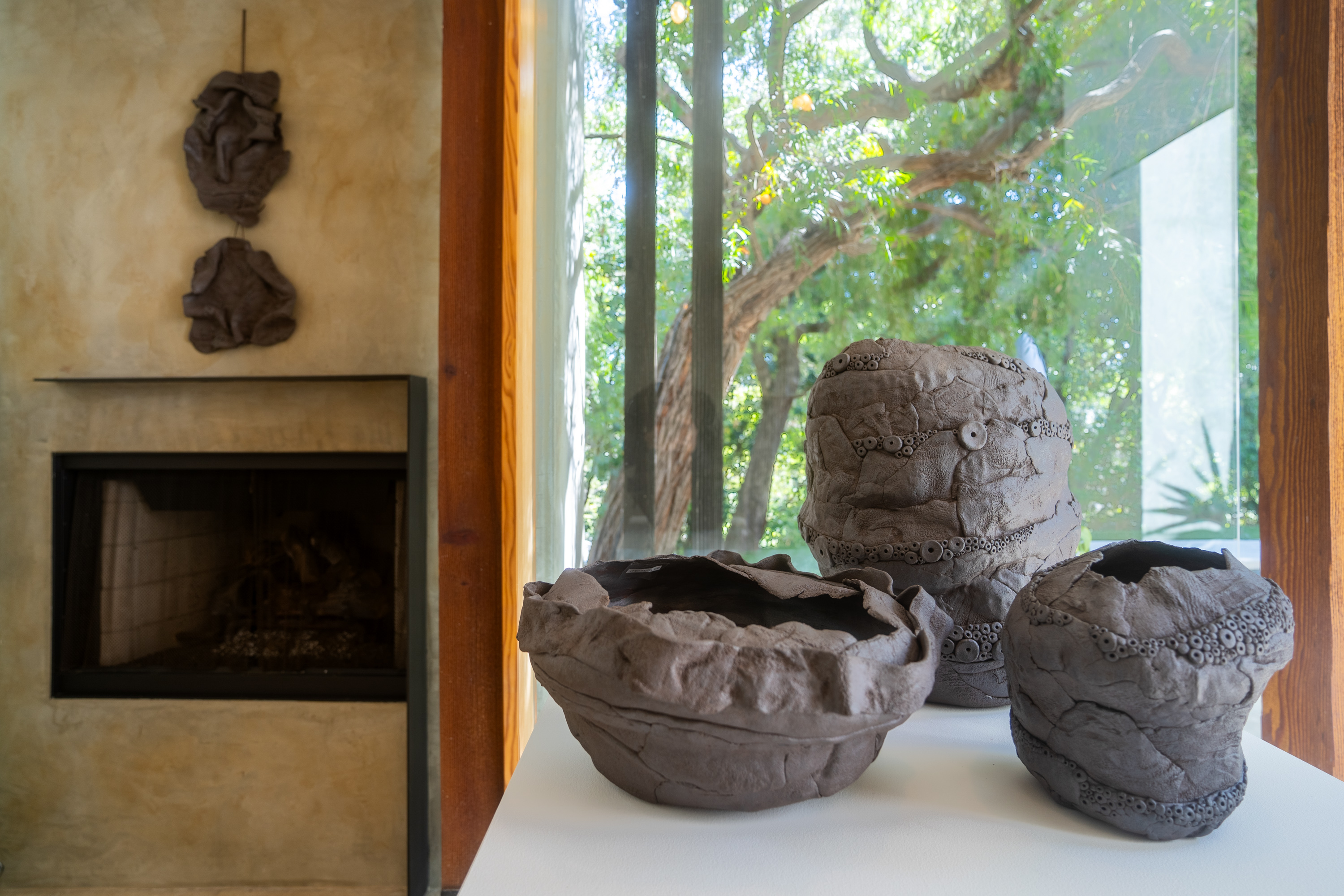 Lois Samuels’ ceramics invite us to find beauty in imperfection
Lois Samuels’ ceramics invite us to find beauty in imperfectionOn view at Twentieth in Los Angeles, the artist’s unglazed ceramics explore ‘life’s intricacies and magic’, she says
-
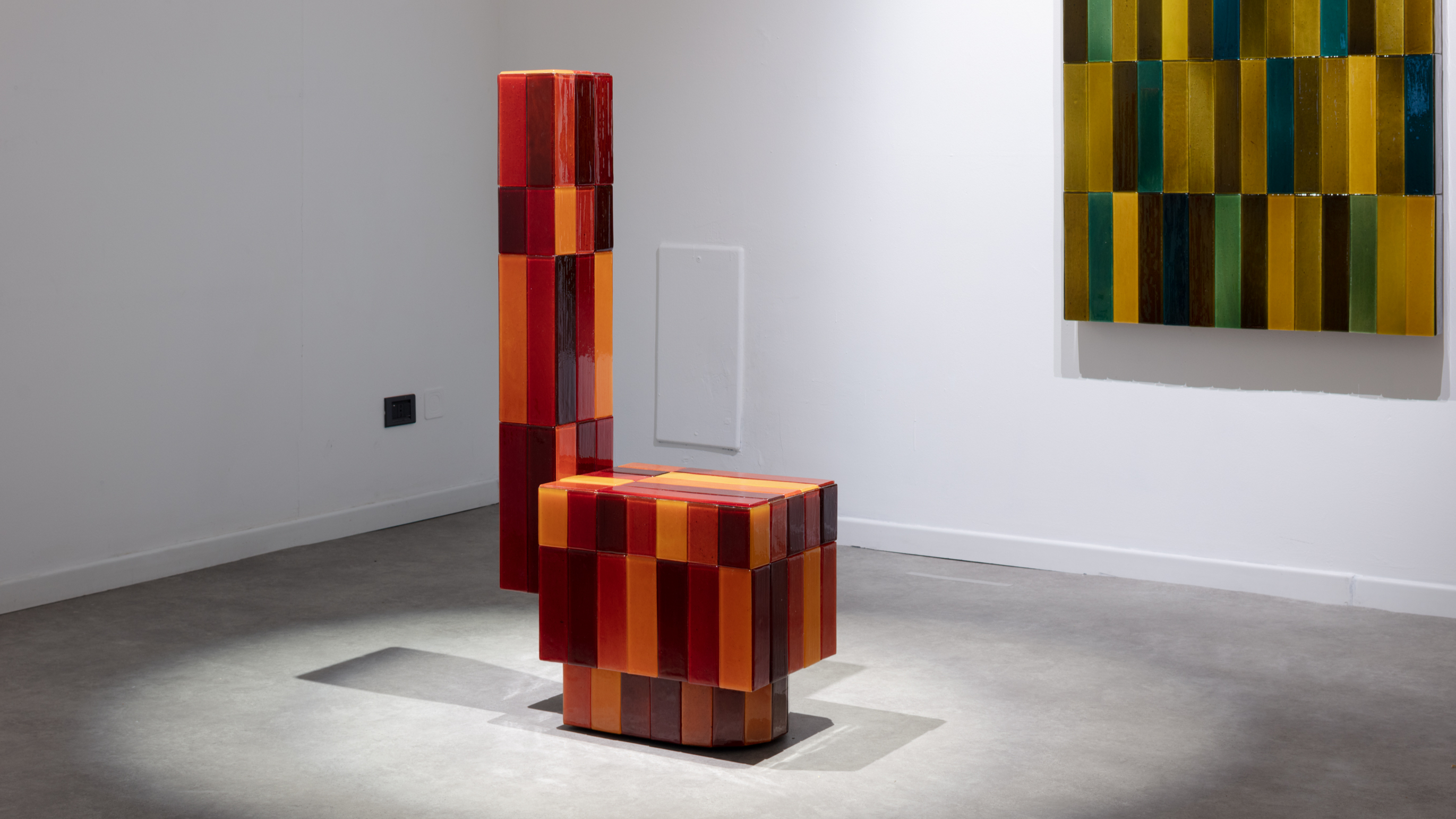 Tokyo design studio We+ transforms microalgae into colours
Tokyo design studio We+ transforms microalgae into coloursCould microalgae be the sustainable pigment of the future? A Japanese research project investigates
-
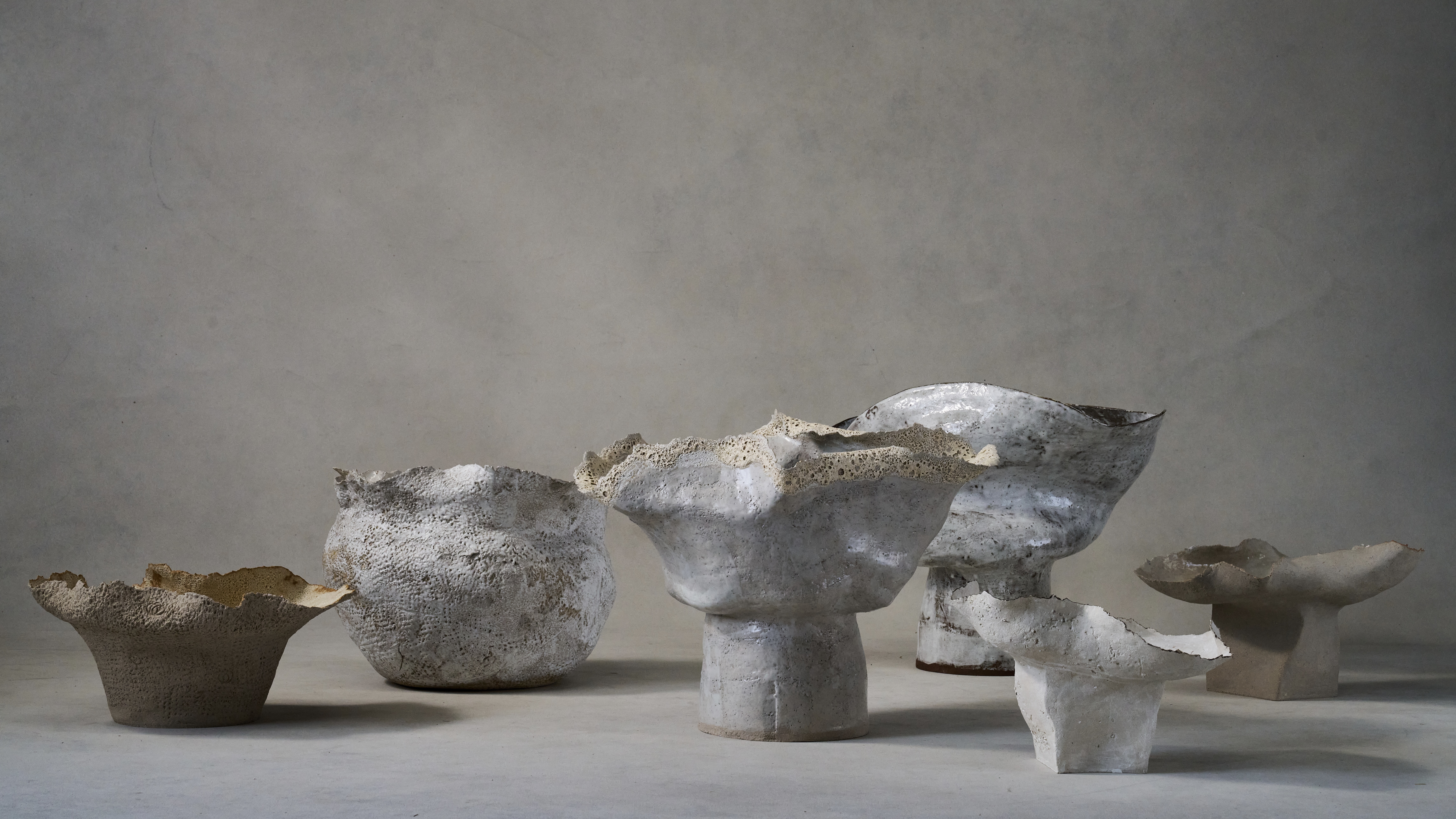 Ludmilla Balkis’ organic, earthy ceramics embody the Basque countryside
Ludmilla Balkis’ organic, earthy ceramics embody the Basque countrysideThe sculptor-ceramicist presents a series inspired by and created from found natural objects in a New York exhibition
-
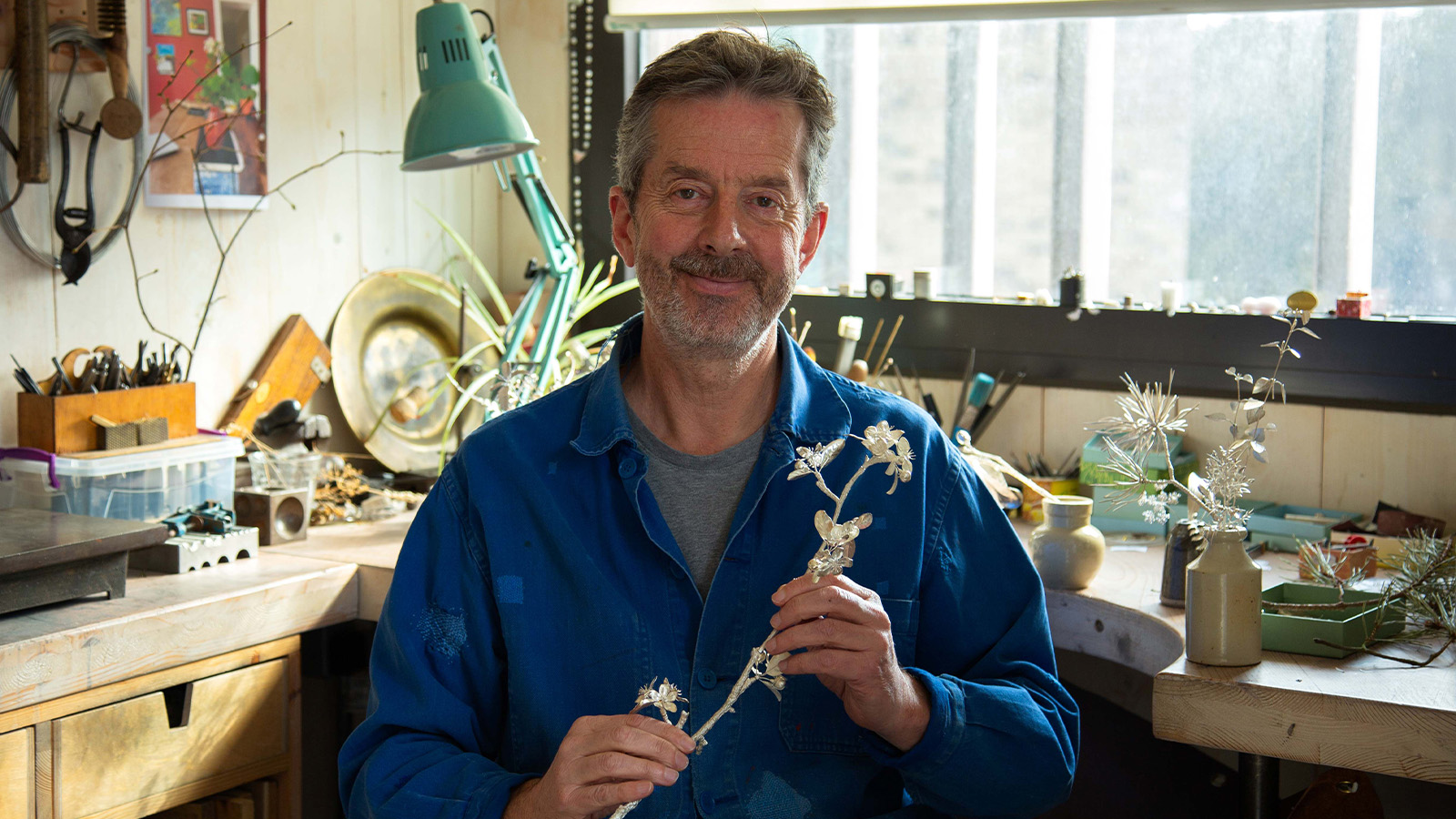 Nature sets the pace for Alex Monroe’s first sculpture exhibition
Nature sets the pace for Alex Monroe’s first sculpture exhibitionThe British designer hops from jewellery to sculpture for his new exhibition at the Garden Museum, London. Here, he tells us why nature should be at the forefront of design
-
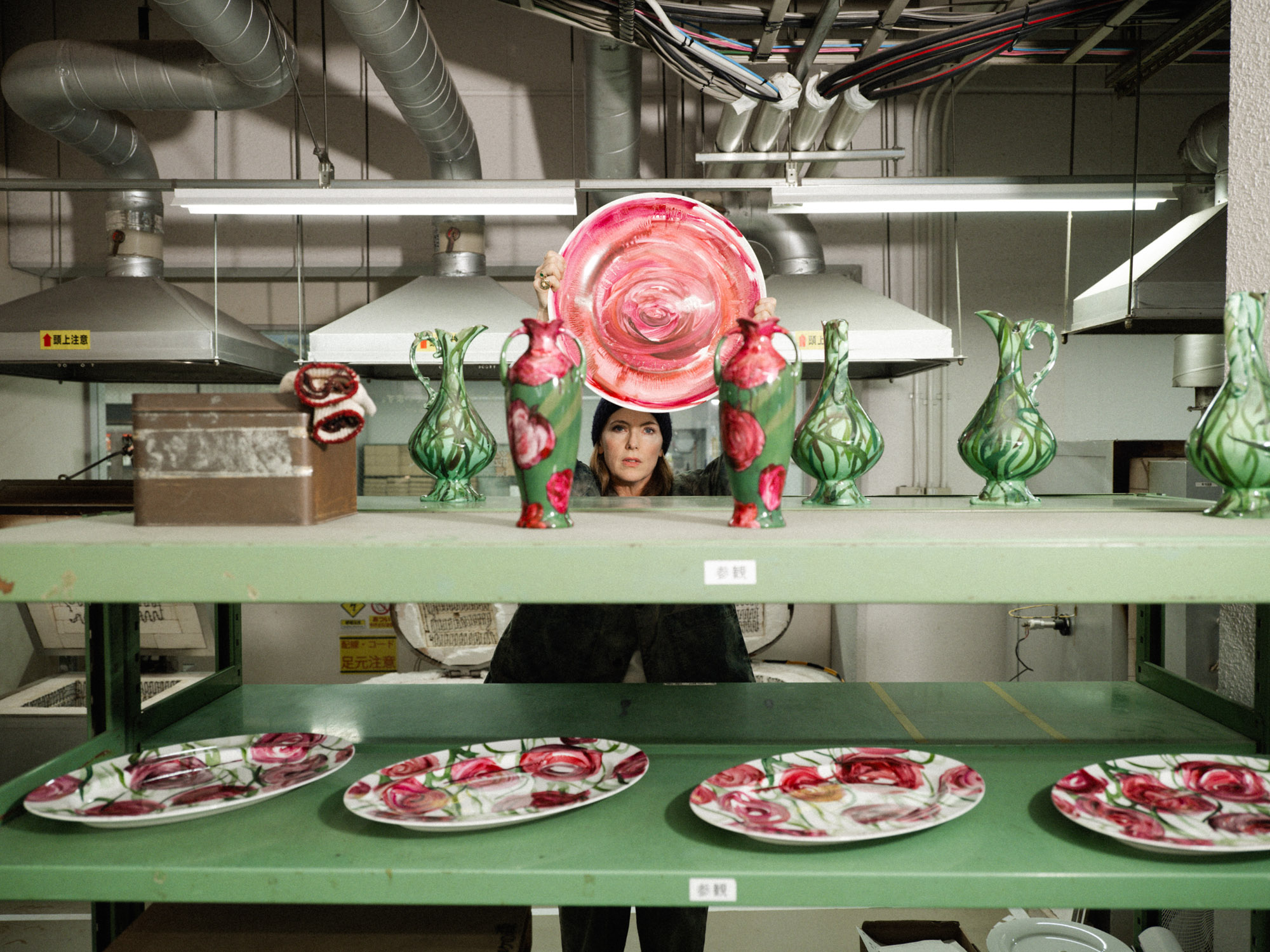 Faye Toogood comes up roses at Milan Design Week 2025
Faye Toogood comes up roses at Milan Design Week 2025Japanese ceramics specialist Noritake’s design collection blossoms with a bold floral series by Faye Toogood